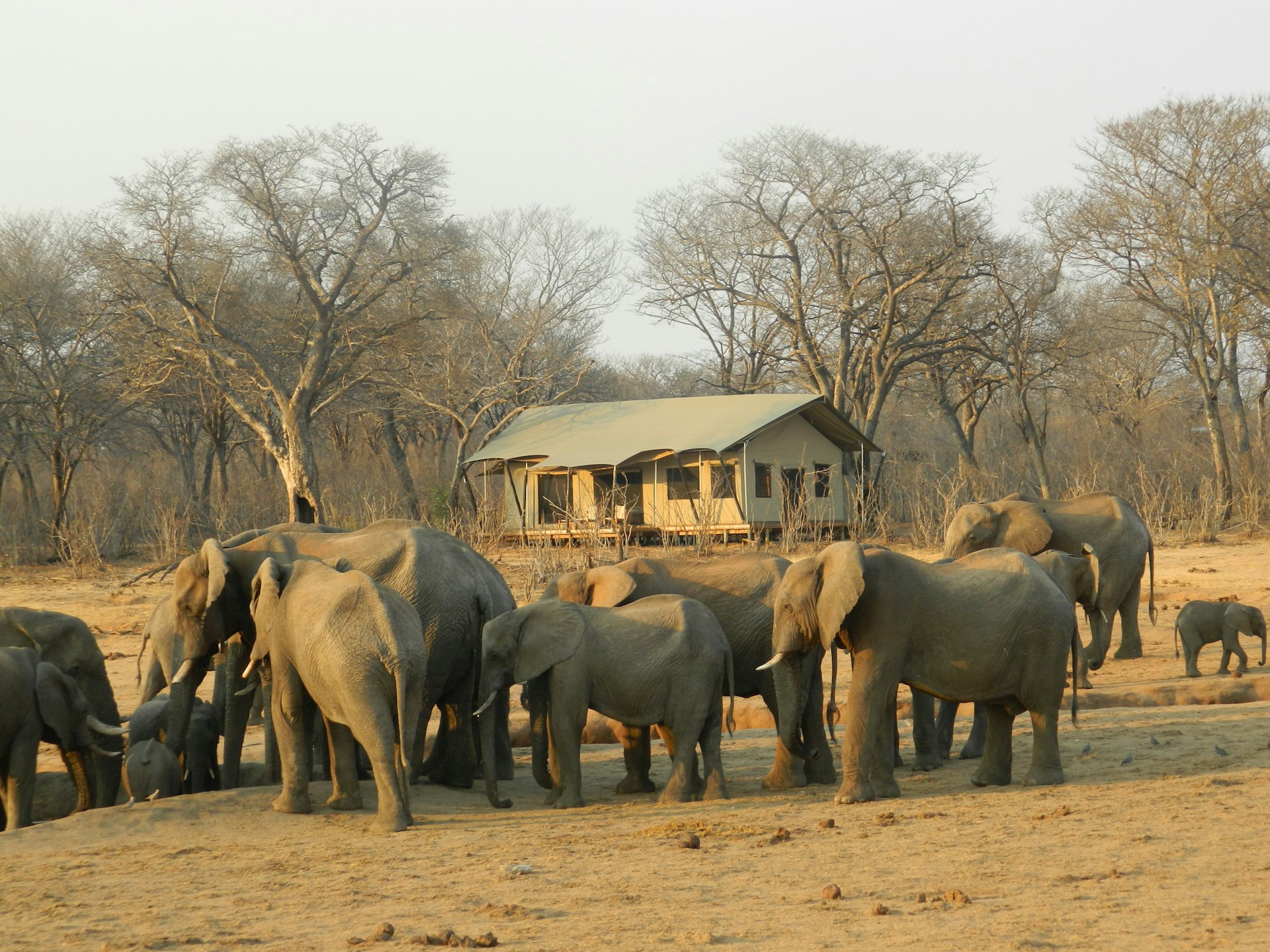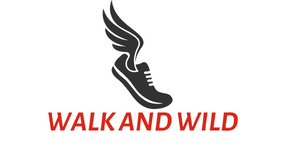What Are the Best Practices for Creating Wildlife-Friendly Urban Spaces in Property Developments?

As urban territories continue to expand dramatically, wildlife habitats are increasingly under threat. This rise in urbanization has resulted in the displacement of numerous species. However, this doesn’t mean that urban environments and wildlife cannot coexist. With careful planning and sustainable design, we can create cities that not only serve their human inhabitants but also provide essential habitats for wildlife. Communities around the world are now embracing the vision of greener, wildlife-friendly urban spaces. This article will delve into the best practices for creating these spaces in property developments.
Incorporating Natural Elements in Urban Design
Incorporating natural elements into urban design is a critical step towards creating wildlife-friendly spaces. By integrating elements such as water bodies, plants, and rocks into the city landscape, we can create a more diverse, sustainable habitat for various species.
En parallèle : How to Implement a Real Estate Development Project with a Zero-Waste Goal?
The inclusion of water features, for instance, can attract a wide range of aquatic and semi-aquatic species. Ponds, streams, or even small fountains can be effective in supporting the local wildlife by providing a source of water and a habitat for species like frogs, fish, and birds.
Planting native trees and plants is another important practice. These native species not only add to the city’s green cover but are also more likely to support local wildlife, as they are better adapted to the area’s climate and soil conditions. Besides, they often serve as food sources for various organisms.
Lire également : What Are the Economic Impacts of Upgrading Public Transport Infrastructure on Nearby Real Estate?
Rocks, logs, and other natural materials can also provide refuge and breeding grounds for smaller species such as insects, reptiles, and rodents. These smaller species are crucial for maintaining a balanced ecosystem.
Sustainable Landscaping and Gardening
Sustainable gardening is another effective way to create wildlife-friendly urban spaces. It involves practices that protect the environment and promote biodiversity.
For instance, we should avoid using pesticides and chemical fertilizers that can harm wildlife. Instead, we can use organic and natural alternatives that will not only nourish the plants but also create a healthier habitat for wildlife.
Creating a variety of habitats within the garden is also beneficial. This can be achieved by incorporating different types of plants, such as grasses, shrubs, and trees, which can offer shelter and food to a wide range of species.
Planting native species in the garden is another sustainable gardening practice. Native plants are generally more resistant to pests and diseases and require less water and care, making them a more sustainable choice.
Creating Green Corridors and Rooftop Gardens
Creating green corridors and rooftop gardens in urban areas is another excellent practice for promoting biodiversity. These spaces can provide a safe passage and habitat for wildlife in the middle of the urban jungle.
Green corridors, for instance, are strips of vegetation that connect different green spaces within a city. They allow wildlife to move from one area to another without having to cross potentially dangerous urban areas. By doing so, green corridors help to increase the connectivity between wildlife populations, thus enhancing their survival chances.
Rooftop gardens, on the other hand, can turn unused urban spaces into productive habitats. They not only improve the city’s aesthetics but also provide a habitat for birds, insects, and other species. Plus, they can help reduce the urban heat island effect, a common issue in densely populated cities.
Community Engagement and Education
Creating wildlife-friendly urban spaces is not just about physical changes in the environment; it also involves educating the community about the importance of wildlife conservation.
Community engagement can encourage locals to contribute to the creation and maintenance of these spaces. For instance, they can participate in planting trees, cleaning water bodies, or building birdhouses.
Education programs can also raise awareness about the role of urban wildlife in maintaining a balanced ecosystem. By understanding the importance of wildlife, communities are more likely to respect and protect these species.
Adapting Property Developments to Wildlife Needs
Lastly, adapting property developments to meet the needs of wildlife can make a significant difference. For instance, we can design buildings that minimize light and noise pollution, which can be disruptive to wildlife.
We can also include features that can benefit wildlife, such as bird-friendly windows, bat boxes, or hedgehog highways. These adaptations not only make the developments more wildlife-friendly but also create a unique selling point for consumers interested in green living.
In conclusion, creating wildlife-friendly urban spaces in property developments is a multifaceted process that requires careful planning and community involvement. By adopting these best practices, we can contribute to the preservation of biodiversity and create healthier, more sustainable cities for all.
Enhancing Ecosystem Services through Wildlife-Friendly Infrastructure
In the quest to create wildlife-friendly urban spaces, the role of green infrastructure like green roofs, rain gardens, and permeable pavements becomes indispensable. These features not only enhance the aesthetic appeal of properties but also serve a crucial role in providing ecosystem services, thereby improving urban wildlife habitats.
Green roofs, for instance, offer an elevated oasis for urban wildlife, attracting a variety of species – from pollinators to birds. They also aid in regulating air temperature, improving air quality, and managing stormwater runoff. However, it’s crucial to incorporate native plants in these roofs, as they are better adapted to local climate conditions and can provide suitable food and shelter for native wildlife.
Likewise, rain gardens can help in managing stormwater runoff, reducing soil erosion, and improving water quality. They can serve as a wildlife habitat for various bird species, butterflies, and beneficial insects. Moreover, they provide an opportunity to bring nature closer to people, enhancing their well-being and connection with the environment.
Permeable pavements, another green infrastructure, can contribute to groundwater recharge and reduce surface runoff. They can also help in maintaining the moisture levels of the soil, beneficial for the surrounding plant and tree life, which in turn supports urban wildlife.
All these efforts complement each other, creating a network of green spaces that support a rich biodiversity within the urban fabric while also delivering essential ecosystem services.
Mitigating Climate Change Effects through Wildlife-Friendly Urban Planning
Urban planning plays a pivotal role in mitigating the effects of climate change and fostering biodiversity. Hence, an important best practice involves designing and managing public spaces in a way that they contribute to climate change resilience while also being wildlife-friendly.
In this regard, urban parks and green spaces can serve as critical wildlife habitats, offering refuge to a diverse range of species. They can also help in regulating urban heat island effect, improving air quality, and sequestering carbon.
Similarly, urban forests can provide significant ecosystem services. They can mitigate climate change effects by absorbing CO2, reducing energy consumption by providing shade and windbreaks, and fostering biodiversity by providing multiple layers of habitat for various species. It’s also essential that these forests include a mix of native plants to support local wildlife.
Furthermore, sustainable transportation planning can contribute to wildlife conservation by reducing habitat fragmentation. This can be achieved by designing wildlife crossings over or under roads to ensure safe passage for animals, and by promoting sustainable commuting options like walking, biking, or public transit, which have lesser environmental impact.
In essence, with thoughtful urban planning, we can strike a balance between urban development and wildlife conservation, turning our cities into resilient, biodiversity-rich habitats.
Conclusion: Towards a Sustainable Future with Wildlife-Friendly Urban Spaces
In the face of rapid urbanization and climate change, creating wildlife-friendly urban spaces is not just a desirable goal, but a necessity. By integrating natural elements in urban design, practicing sustainable gardening, setting up green corridors and rooftop gardens, promoting community engagement and education, adapting property developments to wildlife needs, enhancing ecosystem services through green infrastructure, and mitigating climate change effects through thoughtful urban planning, we can create a harmonious coexistence between urbanites and nature.
Implementing these best practices in property developments not only leads to the preservation and enhancement of biodiversity but also results in healthier, more sustainable cities. Notably, these efforts also have a broader global impact as they contribute to several United Nations Sustainable Development Goals, such as sustainable cities and communities, climate action, and life on land.
So, let’s embrace the vision of greener, wildlife-friendly urban spaces and contribute to the creation of a sustainable, resilient future for all. After all, as Jane Goodall once said, "Every individual matters. Every individual has a role to play. Every individual makes a difference."
